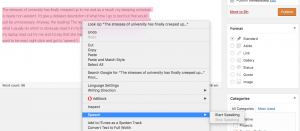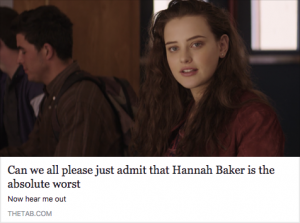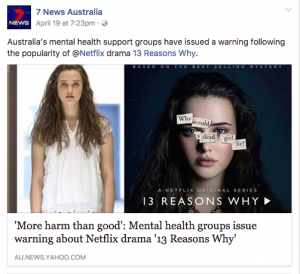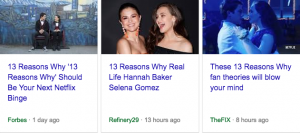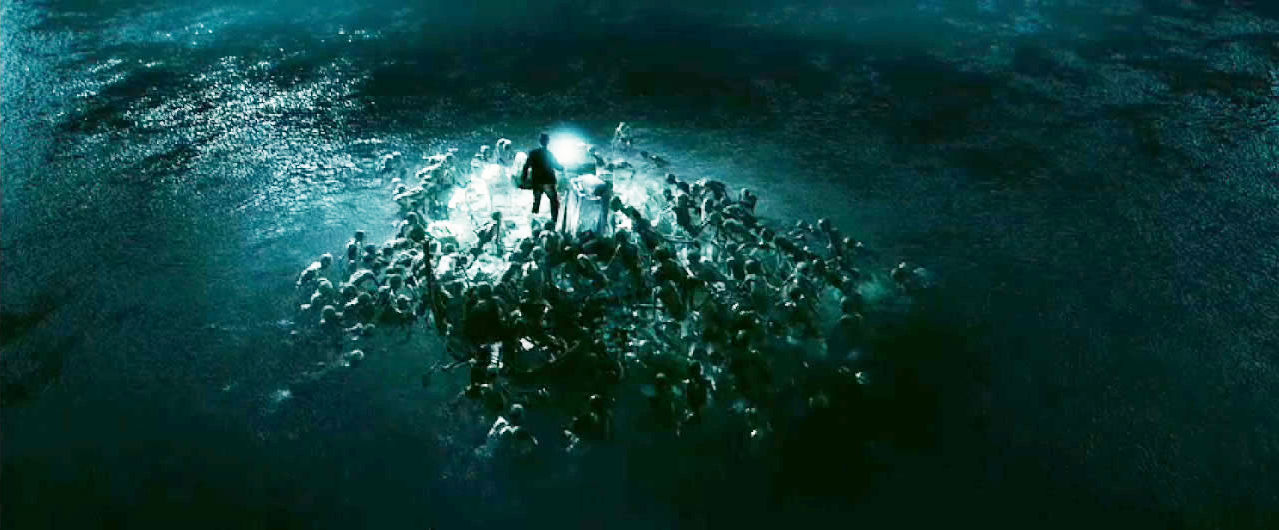Like every other workshop, I was expecting another activity that involved the obvious – camerawork and software editing. But alas, there was no activity to partake in. Honestly, I kind of regretted going because I already had doubts about attending due to the amount of debt I owed to my SLEEP. It’s only appropriate to do this in dot points of course!
- It certainly was a chance to fix my sleeping pattern… or in this case, my non-existent one, haha.
- FEEDBACK: This is probably the only factor/reason that was most important to my attendance of Thursday’s session. As usual, we were required to present our work around the table, which I still find semi-comfortable in doing so. I definitely had to document the results of what my peers around me said (note – it’s not explicitly what they said but I’m going to format it in italics anyway):
– Introduction: It was a great start ✅ A great sense of who he (my father) is…it’s a great establishment of him as a person.
– Cutaways/Transition: Engaging and interesting, again, we’re getting a sense of who he is. In terms of the pictures (aka the wedding photos in SA), try and change the transition or the way I bring in the photos so it follows the format of continuity editing.
– Blackouts: It’s good because it gives the eyes a BREAK!
– This is my own critique of my work but I should fix the audio and how abrupt the visual and audio transition can be. - The feedback definitely helped me improve refine my video a bit more. It’s really great to get insight from your fellow peers who study the same course/content as you!
Otherwise, that’s pretty much the gist of Week Eight’s workshop! In saying so before, I did regret going to an early class (I consider 11 AM early) but after this mini-reflection, I’d say this workshop was helpful in bettering not only the final video itself but the process of making one. I’m very thankful and appreciative for the feedback! 💖
lyreca

